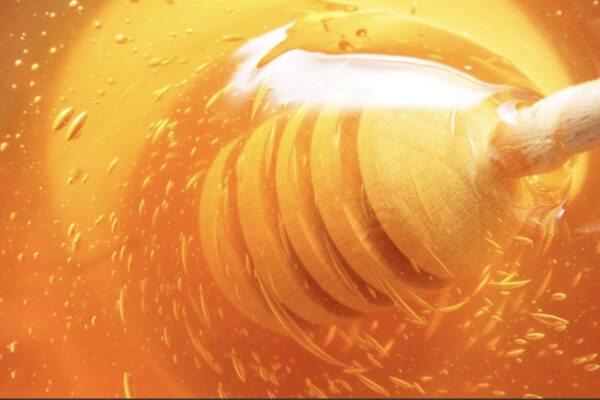
Hyberbaric Therapy for Pilonidal Wounds
Is hyperbaric therapy a good solution for pilonidal wounds that won’t heal? We often see patients who have spent a great amount of time, expense and effort in trying to get wounds to heal after failed…
Read more


